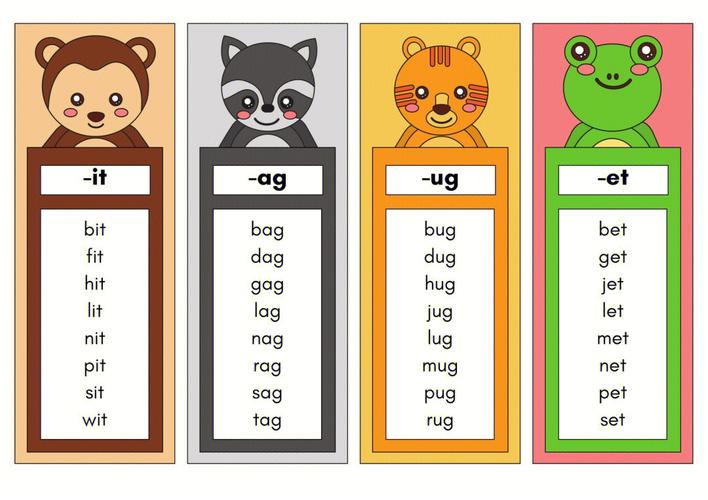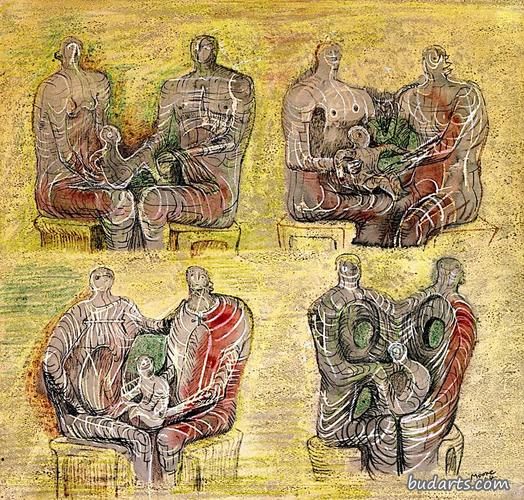Understanding the Concept of Family
Your family is more than just a group of people living under one roof. It’s a complex network of relationships, emotions, and experiences that shape who you are. In this article, we’ll delve into the various dimensions of family, exploring its definition, importance, and the unique dynamics that define it.
What is a Family?
A family is a social unit typically consisting of parents and their children, though this definition can vary widely across cultures. In some cases, it may also include grandparents, aunts, uncles, or even close friends. The key element that binds a family together is the emotional connection and mutual support among its members.

Types of Families
There are many different types of families, each with its own unique characteristics. Here are some common types:
| Type of Family | Description |
|---|---|
| Traditional Nuclear Family | Consists of a married couple and their biological or adopted children. |
| Single-Parent Family | Headed by a single parent, either male or female, who may be raising their children alone. |
| Blended Family | Comprises two or more individuals from different families who have come together through remarriage or cohabitation. |
| Same-Sex Family | Involves a same-sex couple raising children, either biologically or through adoption. |
| Extended Family | Includes grandparents, aunts, uncles, and cousins, in addition to the nuclear family members. |
The Importance of Family
Family plays a crucial role in your life, providing emotional support, guidance, and a sense of belonging. Here are some key reasons why family is important:
-
Emotional Support: Your family is there to support you through thick and thin, offering comfort and encouragement during difficult times.
-
Role Modeling: Family members often serve as role models, teaching you values, beliefs, and life skills.

-
Sense of Belonging: Being part of a family gives you a sense of identity and belonging, which can boost your self-esteem and confidence.
-
Stability: A stable family environment can provide a sense of security and predictability, which is essential for your overall well-being.
Family Dynamics
Family dynamics refer to the patterns of behavior, communication, and relationships within a family. These dynamics can vary widely depending on the family’s composition, values, and cultural background. Here are some common family dynamics:
-
Communication: How family members communicate with each other can greatly impact the family dynamic. Open, honest communication fosters a healthy family environment.
-
Conflict: Conflict is a natural part of family life. How conflicts are resolved can determine the overall harmony of the family.
-
Boundaries: Setting and respecting boundaries within the family is essential for maintaining a healthy dynamic.
-
Role Expectations: Each family member has certain roles and expectations within the family. Understanding and fulfilling these roles can contribute to a harmonious family dynamic.
Challenges and Resolutions
Every family faces challenges at some point. Here are some common challenges and potential resolutions:
-
Conflict: Open communication and active listening can help resolve conflicts and improve family dynamics.
-
Distance: Long-distance relationships can be challenging. Regular communication and visits can help maintain a strong bond.
-
Change: Changes, such as a new job or moving to a new city, can disrupt family dynamics. Adaptability and support from family members can help navigate these changes.
Conclusion
Your family is a unique and invaluable part of your life. By understanding the various dimensions of family, you can strengthen your relationships, navigate challenges, and create a harmonious family environment. Remember, family is about

